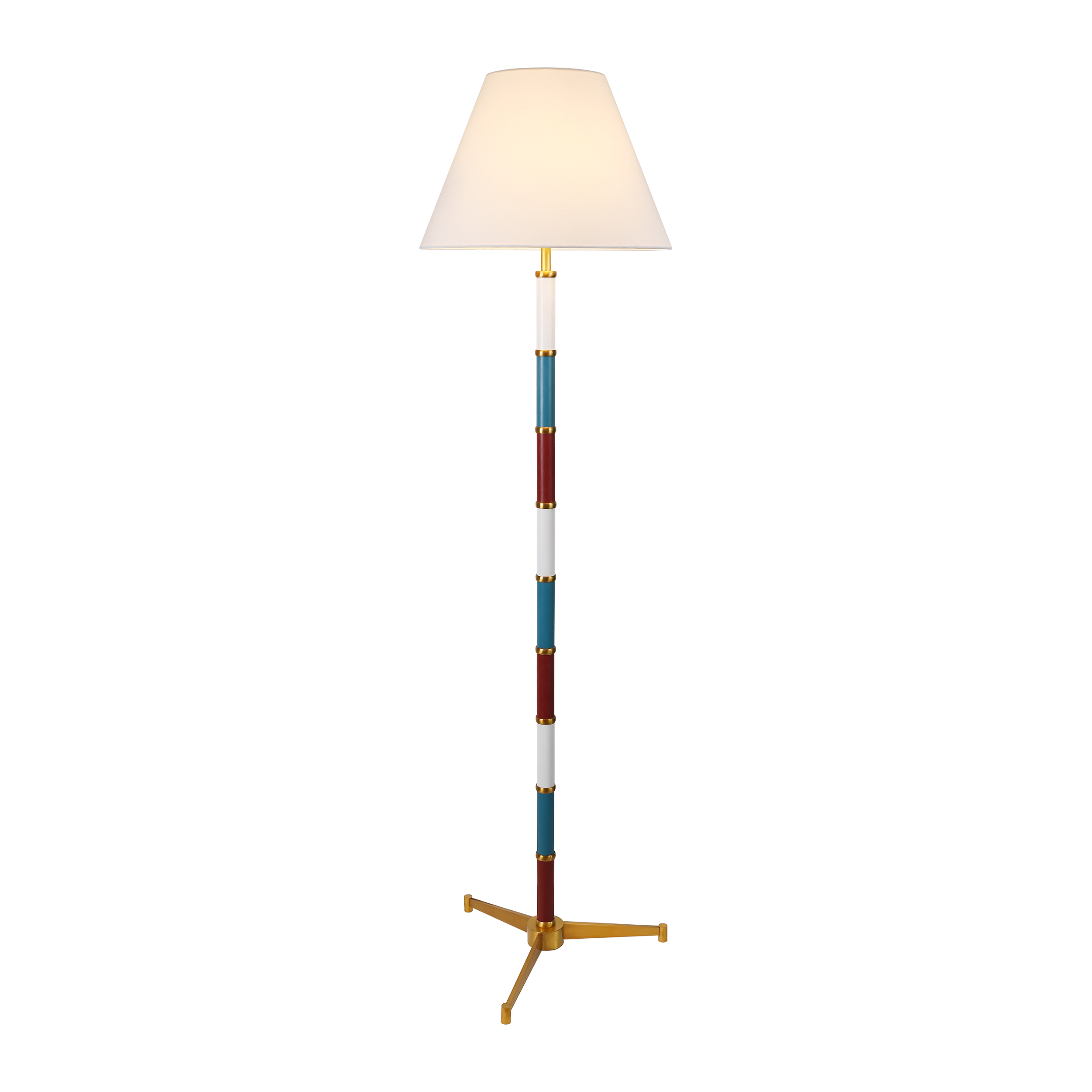Lighting Innovations for Healthcare Facilities: Enhancing Patient Care and Operational Efficiency
Lighting Innovations for Healthcare Facilities: Enhancing Patient Care and Operational Efficiency
In the rapidly evolving world of healthcare, the importance of innovative lighting solutions is paramount. Lighting innovations for healthcare facilities not only improve the aesthetic appeal of a space but also play a crucial role in enhancing patient care and operational efficiency. This article explores various lighting innovations that are transforming healthcare environments, focusing on their impact on patient outcomes, the well-being of healthcare staff, and energy efficiency.
The Importance of Lighting in Healthcare Facilities
Proper lighting in healthcare facilities is essential for creating a conducive environment for both patients and staff. Studies have shown that well-designed lighting can significantly improve patient recovery times, reduce anxiety, and enhance overall satisfaction. Moreover, it provides healthcare professionals with the visibility needed to perform their duties effectively. Innovative lighting solutions can address several key areas:
- Patient comfort and safety
- Staff productivity and health
- Energy efficiency and sustainability
- Compliance with healthcare regulations
Key Innovations in Lighting for Healthcare Facilities
As technology advances, numerous lighting innovations have emerged that cater specifically to the unique needs of healthcare settings. Here are some of the most impactful developments:
1. Human-Centric Lighting
Human-centric lighting focuses on adjusting the intensity and color temperature of light to align with the natural circadian rhythms of humans. By mimicking the natural light cycle, this type of lighting helps regulate patients' sleep patterns and mood. This is especially beneficial in long-term care facilities where residents may struggle with orientation and time perception.

2. LED Technology
LED Lighting has become a standard in healthcare facilities due to its energy efficiency, longevity, and low heat emission. These lights not only reduce energy costs significantly but also offer flexible design options that can improve lighting conditions in various healthcare environments, from surgical rooms to patient wards.
| Benefits of LED Lighting | Details |
| Energy Efficiency | Up to 75% less energy consumption compared to traditional lighting. |
| Longevity | Lasts up to 25 times longer than incandescent bulbs, reducing replacement costs. |
| Low Heat Emission | Minimizes heat output, creating a comfortable environment for patients. |
3. Smart Lighting Systems
Smart lighting systems allow healthcare facilities to control lighting through advanced technology. These systems can adjust lighting based on occupancy, time of day, and even patient needs. Smart controls not only enhance comfort but also facilitate significant energy savings. Facilities can personalize lighting settings for different scenarios, optimizing the experience for patients and staff alike.
4. Task-Specific Lighting Solutions
In areas such as operating rooms and examination rooms, task-specific lighting is vital. Innovations in this area include adjustable lighting systems that provide focused illumination for intricate procedures while also allowing for softer ambient lighting in recovery areas, thus enhancing patient comfort.
Impact on Patient Care
The implementation of innovative lighting solutions has been shown to have a direct positive impact on patient care. Here are some ways in which lighting enhancements can improve patient outcomes:
1. Reduced Stress and Anxiety
Improved lighting can create a calming atmosphere, significantly reducing patients' stress levels during hospital stays. For instance, using warm color temperatures can evoke feelings of safety and relaxation.
2. Enhanced Recovery Times
Research indicates that exposure to natural light and well-designed artificial lighting can speed up recovery times. This is especially relevant in patient rooms where good lighting can facilitate mobility and positive well-being.
3. Improved Staff Performance
Innovative lighting doesn’t just benefit patients; it also enhances staff performance. Proper visibility in work environments leads to fewer errors and improved productivity. Staff who have access to well-lit spaces are more focused and capable of providing quality care.
Challenges and Considerations
While the benefits of lighting innovations for healthcare facilities are numerous, there are also challenges to consider:
1. Cost of Implementation
The initial costs of upgrading to advanced lighting systems can be significant. However, the long-term savings on energy bills and enhanced patient and staff experiences often justify the expense.
2. Compatibility with Existing Infrastructure
Integrating new lighting systems with older infrastructure can pose a challenge. Facilities must evaluate their current systems and determine the best approach for upgrading without disrupting ongoing operations.
3. Regulatory Compliance
Healthcare facilities must comply with strict regulations regarding lighting. It is essential to ensure that any lighting upgrades meet local and national healthcare standards.
Conclusion and Recommendations
In conclusion, lighting innovations for healthcare facilities offer transformative potential that can enhance patient care and optimize operational efficiency. By investing in human-centric lighting, LED technology, smart systems, and task-specific solutions, healthcare providers can significantly improve the atmosphere in their facilities.
Here are some key recommendations to consider:
- Conduct a thorough lighting assessment to identify areas for improvement.
- Explore partnerships with lighting experts to design customized solutions.
- Evaluate the long-term impacts and benefits of energy-efficient systems.
- Stay updated on the latest technological advancements in healthcare lighting.
As we move towards a future that prioritizes holistic patient care, the role of innovative lighting in healthcare facilities will only become more critical. Embracing these changes can lead to enhanced experiences for both patients and healthcare providers.
